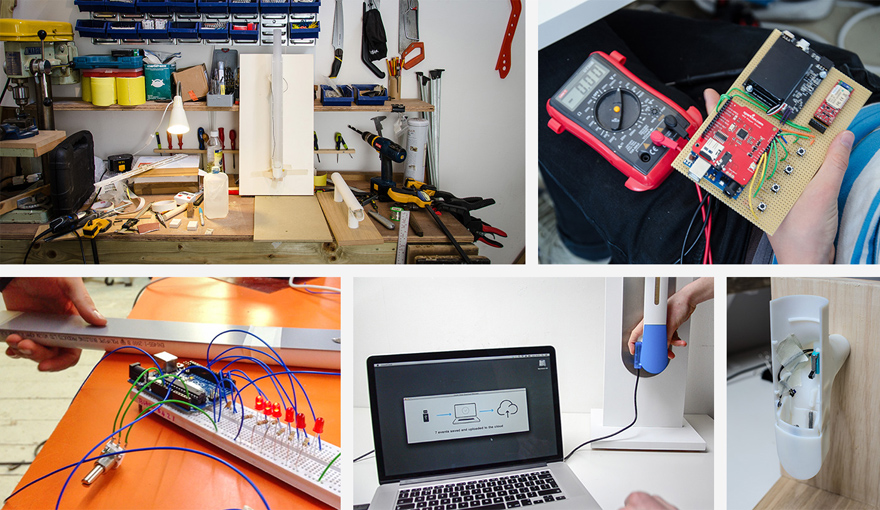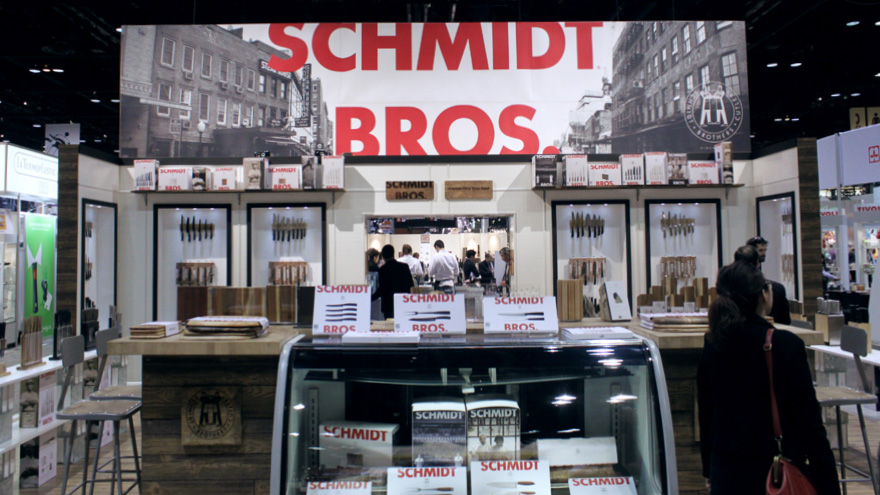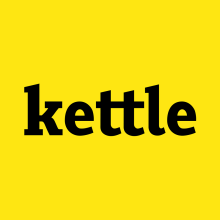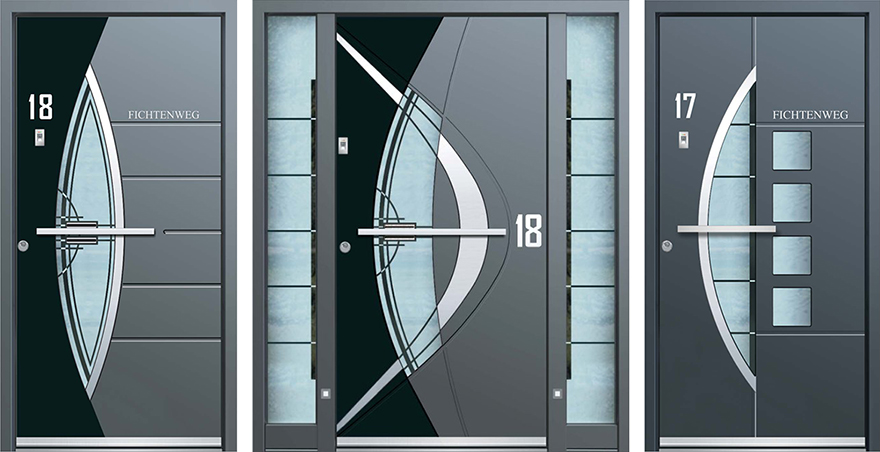![Nike-TobieHatfield.jpg]()
There's a good chance that even those of you who aren't runners are familiar with Nike Free footwear, whether you wear them for other sports or training or as a go-to sneaker for your day-to-day activities. While Tobie Hatfield (Tinker's brother, for the uninitiated) had originally designed the articulated midsole based on the biomechanics of barefoot running, the shoes have been adapted for (and adopted by) anyone who spends time on their feet—in keeping with the Nike credo "if you have a body, then you're an athlete"—which is to say, everyone.
Of course, the concept of Natural Motion is a natural extension (so to speak) of Nike co-founder Bill Bowerman's seminal insight into performance footwear: that it should "provide protection and traction but minimal weight and zero distraction." But like most any design challenge, it's easier said than done. For more on the history and background of the Free—now in its tenth year, Nike recently unveiled the 2014 Collection—we had the chance to chat with Hatfield, Director of Athlete Innovations, on his personal journey, the inspiration behind the Free and what the future holds for Nike.
Core77: Let's start with a bit of your background—tell me a little bit about yourself and how you ended up at Nike.
Tobie Hatfield: Sure—I was a track athlete, grew up in the state of Oregon and knew Coach Bill Bowerman (I didn't know Phil Knight when he was an athlete). When I was a senior in high school, he actually made me my first pair of custom-made track spikes. At first, he X-rayed my feet to actually find out where my bony prominences are, underneath my foot, so he could re-drill the holes and put the spikes in the proper places just for my foot. Little did I know, at that time, he was already starting to teach me about innovation—about working with an athlete, listening to an athlete...
It's something that I look back on, even today, 23+ years later at Nike... but I didn't know I was going to be a footwear engineer, footwear designer, I really wanted to be a track coach—my dad was a track coach for 40+ years. After high school, I went to college, and then I [continued] pole-vaulting for a couple more years. I got into coaching, and I coached at the collegiate level.
During that time, Nike was recruiting me because I spoke Mandarin, because I was married at the time, and my wife is from Taiwan. They were always trying to get people to go overseas, to work with the factories, and knowing that I already spoke one of the languages would make it a bit easier.
But I denied that for a while until my dad came down with cancer—I'd been away from Oregon for about ten years at that time and felt like things were pulling me back to the state... like, well, if I'm going to go back, I might as well go ahead and see what Nike has to offer, so I accepted their offer to have some interviews. At the end of a week of many days of interviews, I was actually offered two jobs, and I took the one where I actually started learning about materials, which is perfect because [at the time] I didn't know much about shoes at all, let alone the ingredients of them.
![Nike-Lineup.jpg]() A brief history of Nike Innovation: Cortez (1972), Nike Sock Racer (1985), Air Huarache (1991), Air Rift (1995), Air Presto (2000)
A brief history of Nike Innovation: Cortez (1972), Nike Sock Racer (1985), Air Huarache (1991), Air Rift (1995), Air Presto (2000)
(more...)![]()







 Images courtesy of Edward Albert
Images courtesy of Edward Albert












 A brief history of Nike Innovation: Cortez (1972), Nike Sock Racer (1985), Air Huarache (1991), Air Rift (1995), Air Presto (2000)
A brief history of Nike Innovation: Cortez (1972), Nike Sock Racer (1985), Air Huarache (1991), Air Rift (1995), Air Presto (2000)



 The Klismos Chair, circa 1961. Top image: Robsjohn-Gibbings furniture installed at the House of Dolphins on the Island of Delos (left) and his Diphros stool, circa 1961
The Klismos Chair, circa 1961. Top image: Robsjohn-Gibbings furniture installed at the House of Dolphins on the Island of Delos (left) and his Diphros stool, circa 1961 Left: an alternate version of the Klismos chair. Right: Robsjohn-Gibbings's first offices, circa 1937
Left: an alternate version of the Klismos chair. Right: Robsjohn-Gibbings's first offices, circa 1937 















